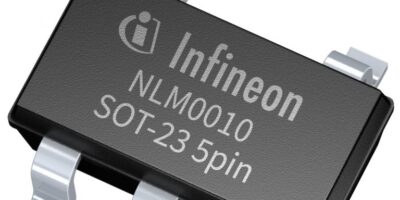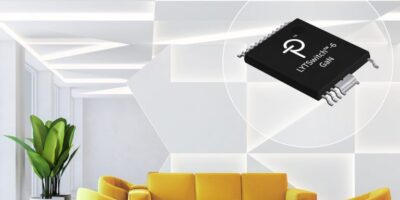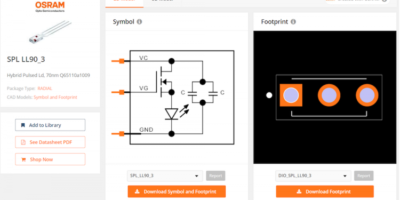Suitable for public information display in connected cities, the EDP-3133 series e-paper display can be used for smart bus stop signs and real-time public transport information systems. When combined with wireless transmission it can be used in offices or venue to replace traditional single-use paper posters and labels.
Manufactured by Avalue Technology in Taiwan, the 31-inch display is available from Display Technology.
It provides 16-level greyscale black and white and a 180 degree viewing angle. The e-paper technology is responsible for the high quality of viewing even under strong light, says Display Technology. This is also responsible for low power consumption and bistability, retaining a static image even when powered off, says the company.
The EPD-3133 is an open frame embedded design controlled with an Intel Celeron Apollo Lake CPU. This makes it easy to integrate into any public installation, claims the company.
The EPD-3133 is lightweight, slim and easy to install, and there are options to add touchscreen and a front lighting module to assist viewing in low light environments. The display supports LAN, WiFi or LTE allowing the provision for real-time information, delivering warnings, notifications and public announcements remotely.
Avalue provides the link between front end and back end application programming interfaces (APIs) and sample codes. Users may develop programs, organise content and publish processes in accordance with individual needs and makes changes as required.
Users may choose either Windows 10 or Android 8.1.
Established in 1996 as Display Solutions and acquired by Display Technology in September 2018, the UK subsidiary of Fortec Elektronik, delivers the latest technical innovations in displays, touch screens and embedded computing backed by a service ranging from initial consultation through to sample design, volume manufacturing and immediate-response after-sales support.
The company operates within the UK, across all embedded computing market sectors, including industrial instrumentation and control, transportation, retail/point-of-sale, outdoor signage, medical, marine, audio and lighting control and energy management.







